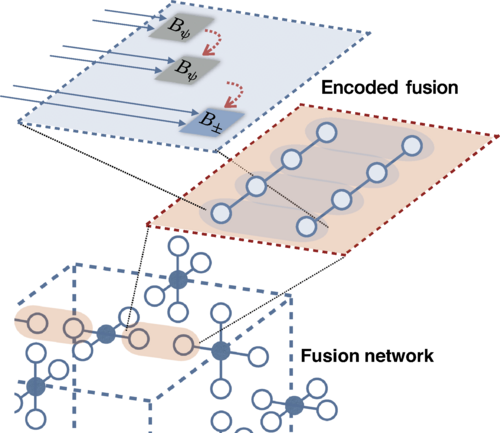
SEOUL, November 20 (AJP) - Researchers at the Korea Institute of Science and Technology (KIST) have made a significant breakthrough in rare earth metal (REE) recovery with the development of a new fiber-based material.
This innovative material, composed of metal-organic frameworks and polymer composite fibers, exhibits exceptional absorption capabilities for neodymium and dysprosium, two critical REEs used in various high-tech applications. The material can absorb neodymium at 468.60 mg/g and dysprosium at 435.13 mg/g, surpassing existing absorption materials.
South Korea currently relies heavily on imports from China for its REE supply, particularly for REEs used in electric vehicle motors, wind turbines, and aerospace components. KIST's new technology offers a promising solution to reduce this dependence, said Jung Young-kyun, a senior researcher at KIST.
"We focused on neodymium and dysprosium used in permanent magnets. Since these materials are essential for robotics and automotive industries but are mostly imported from China, there should be domestic industrial demand if we can extract them from discarded magnets," Jung told AJP.
Lead researcher Choi Jae-woo said the new material demonstrates superior performance and economic feasibility compared to existing granular absorbents, making it highly applicable for mineral extraction from digital infrastructure waste and resource circulation.
Copyright ⓒ Aju Press All rights reserved.




View more comments